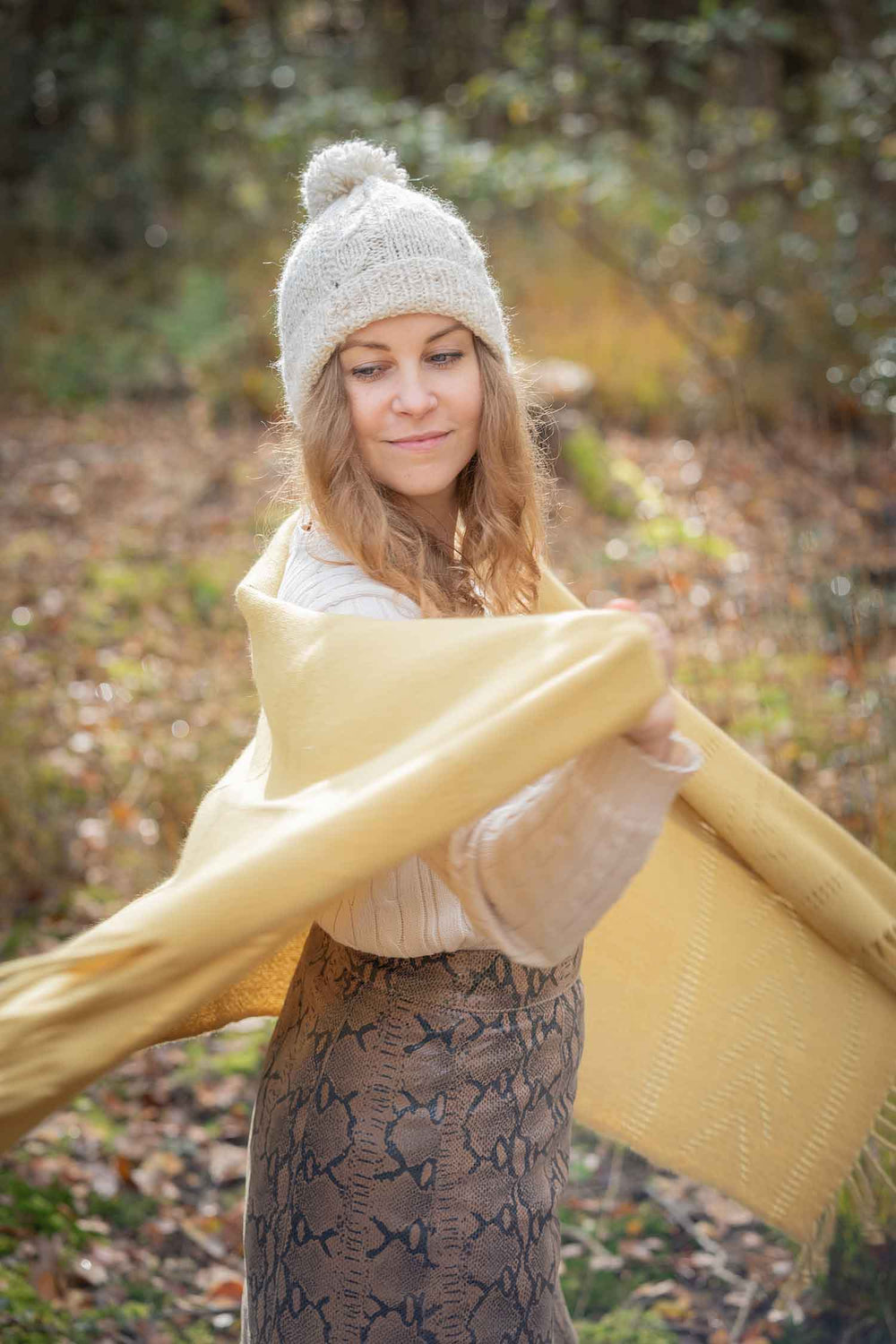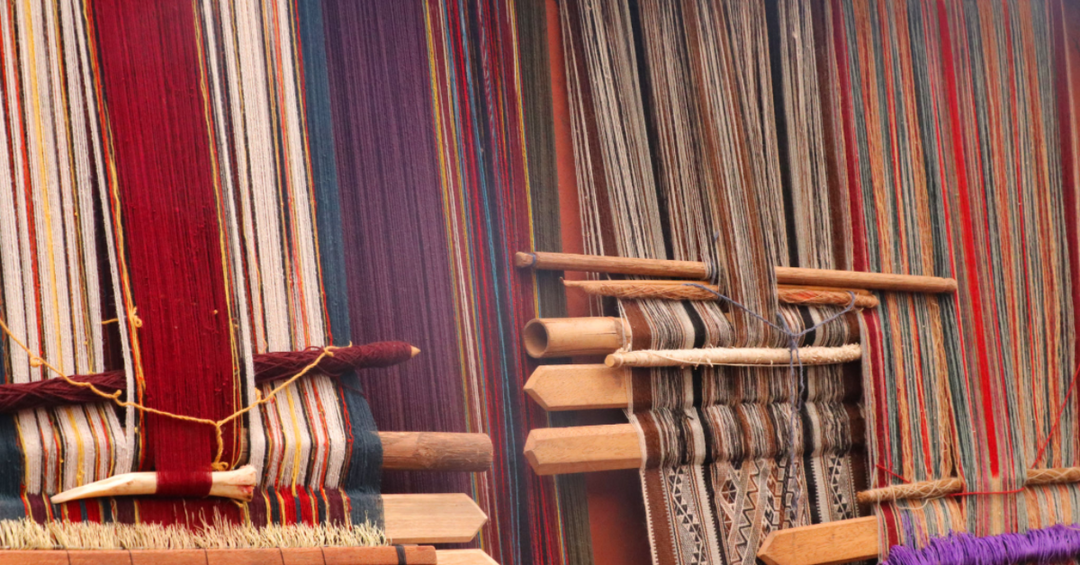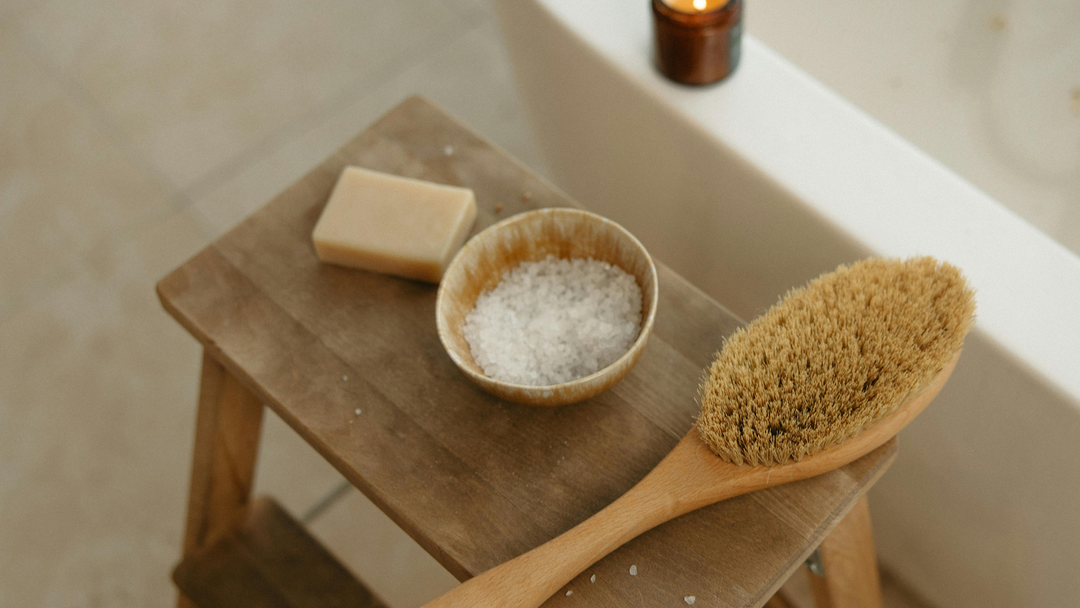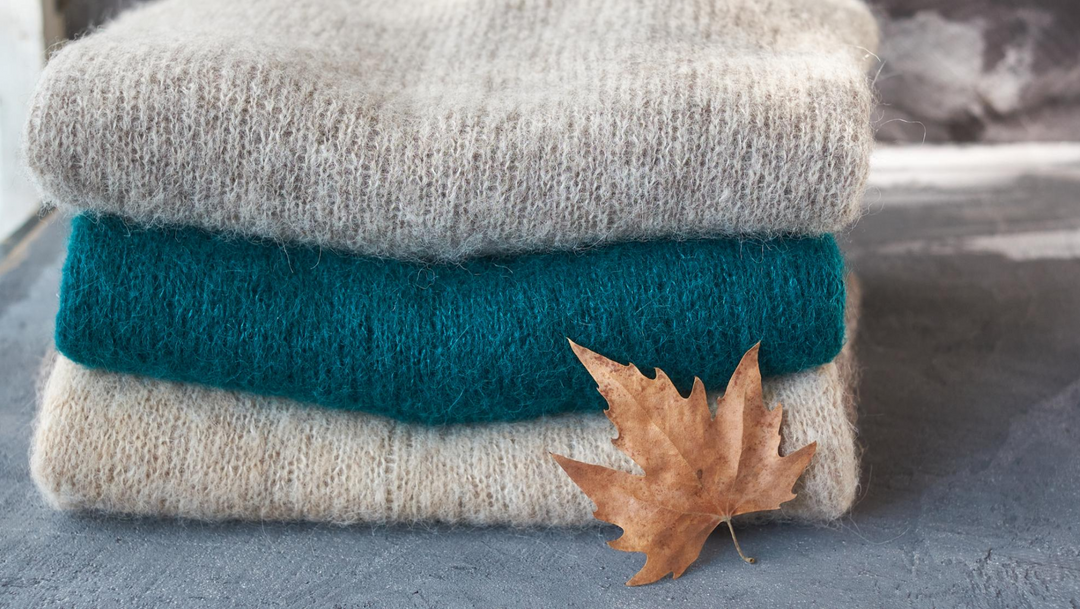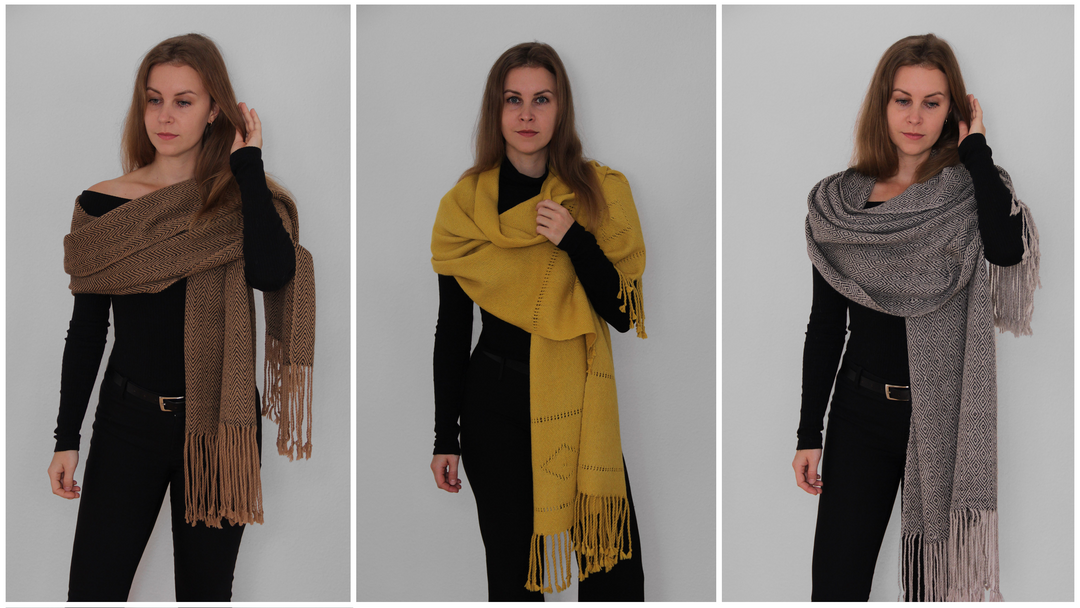In a world where artificial dyes and mass production dominate the textile industry, Andes Alpaca remains true to respect for nature and its treasures. Each of our alpaca products tells a story. A story that reaches from the heights of the Andes to your home, carried by natural colours that come from the generous palette of nature itself. In this post, we want to take you behind the scenes and introduce the magical process of natural colouring that gives our products their unique hues.
Table of contents
The process of natural dyeing: one with nature
At Andes Alpaca, we rely on traditional methods and natural materials to give our fabrics their vibrant colours. All the colours you see on our alpaca products come directly from plants and insects we find in the pristine nature of the Andes.
By using these natural dyes, we are not only able to create unique and vibrant colours that simply cannot be achieved with synthetic dyes. We are also helping to protect the environment and promote sustainable use of our planet's resources.
Dyeing our fabrics is a process that requires patience, precision and a deep respect for nature. Each colour in our palette has its own unique process, and each variation of these colours can be achieved through the use of different natural materials and dyeing techniques.

From the green of plants to the yellow of insects: A kaleidoscope of nature
The green and the yellow colours that often adorns our products comes from special plants that grows in the Andes. To get the different tones o green and yellow, we carefully harvest the plants, dry them in the sun and then boil them to extract the colour. The resulting dye is then applied to the fabric and carefully worked into the fibres to ensure even and vibrant colouring.
From deep red to versatile brown: pure nature
The shade of red that adorns many of our alpaca products comes from the cochineal, a tiny insect that lives on cacti in the Andes. These tiny insects produce an intense red dye that has been used for centuries by indigenous peoples to colour fabrics. To obtain the dye, we collect the cochineal insects, dry them and then grind them into a fine powder. This powder is dissolved in water and the resulting dye is applied to the alpaca fabric. The result is a deep, rich red that can only be achieved through natural means. Learn more about the process in our blog post: Art of Alpaca Weaving.
The brown tones found in our range are not from dyeing, but are the natural colours of the alpaca fibres themselves. Alpacas come in an impressive variety of colours, from white and grey to various shades of brown and a deep, almost black brown. This natural colour palette allows us to showcase a variety of beautiful brown variations in our products, without the use of dyes.
The Fixation of Colours: Durability the natural way
One of the biggest challenges when using natural dyes is their durability. How do we ensure that the colours on our alpaca products retain their intensity even after many washes and long-term use? The answer lies in the art of colour fixation.
Fixing our natural colours is a process that requires as much care and attention as the dyeing itself. For each shade, we use specific natural fixatives to ensure the longevity and brilliance of the colours. See our article Our-quality to learn more about how we ensure the quality of our products at Andes Alpaca.
This is the art of natural dyeing at Andes Alpaca. A process that reflects our appreciation for nature and its treasures, and which makes each of our items unique.
Eco friendly and sustainable a contribution to preserving our planet

Natural dyeing is not only a process deeply rooted in Andean tradition, it is also a sustainable and environmentally friendly practice. At Andes Alpaca, we are proud to say that we do not use chemical dyes, which often contain pollutants and can harm the environment. Instead, we rely on the treasures that nature offers us in the form of plants and insects.
In addition, we are committed to sustainable farming methods and work closely with the local communities that harvest these plants and insects. By supporting these communities, we help to preserve their traditional way of life and protect the beautiful Andean landscape.
We are also committed to sustainable farming practices and work closely with local communities to harvest these plants and insects.
Learn more about our sustainability efforts and support for local communities in our blog post: Handmade Alpaca Products.
Natural colours, natural fashion: discover our alpaca products
At Andes Alpaca, we pride ourselves on our unique, handmade alpaca products, which take their individual colouring from natural dyeing. From deep reds to versatile browns and bright yellows, you'll find a variety of shades in our range, all achieved naturally.
Discover our selection of natural, handmade alpaca products in our alpaca shop. Whether you're looking for a warm jumper for winter, an elegant blanket for your home or a special gift for a loved one, you're sure to find what you're looking for.
The art of natural dyeing is more than just a process, it is an expression of our appreciation for nature, our responsibility to the planet and our passion for high quality, sustainable fashion. At Andes Alpaca, we are proud to continue this tradition and offer our customers natural, eco-friendly and stylish alpaca products.
Discover our natural products here
FAQ's
What is the process of natural colouring in Andes Alpaca?
The process of natural dyeing at Andes Alpaca involves using traditional methods and natural materials to give their fabrics vibrant colours. All colours come directly from plants and insects found in the pristine natural environment of the Andes.
Where do the green and yellow colours in the alpaca products from Andes Alpaca come from?
The green and yellow hues in Andes Alpaca products come from special plants that grow in the Andes. These plants are carefully harvested, sun-dried and cooked to extract the colour.
Where do the red colours in the alpaca products from Andes Alpaca come from?
The red hues in Andes Alpaca products come from the cochineal, a small insect that lives on cacti in the Andes. These insects produce an intense red dye that is used to colour the fabrics.
Where do the brown tones in the alpaca products from Andes Alpaca come from?
The brown tones in Andes Alpaca products come directly from the natural colours of the alpaca fibres themselves. Alpacas come in an impressive variety of colours, from white and grey, to various shades of brown, to a deep, almost black brown.
How does Andes Alpaca fix the colours on their products?
Fixing the colours at Andes Alpaca is a meticulous process. Specific natural fixatives are used for each shade to ensure the longevity and brilliance of the colours.
What makes natural dyeing of Andes Alpaca sustainable and environmentally friendly?
Andes Alpaca's natural dyeing is sustainable and environmentally friendly because it avoids chemical dyes and instead relies on natural dyes from plants and insects. In addition, Andes Alpaca is committed to sustainable farming practices and works closely with the local communities that harvest these plants and insects.




